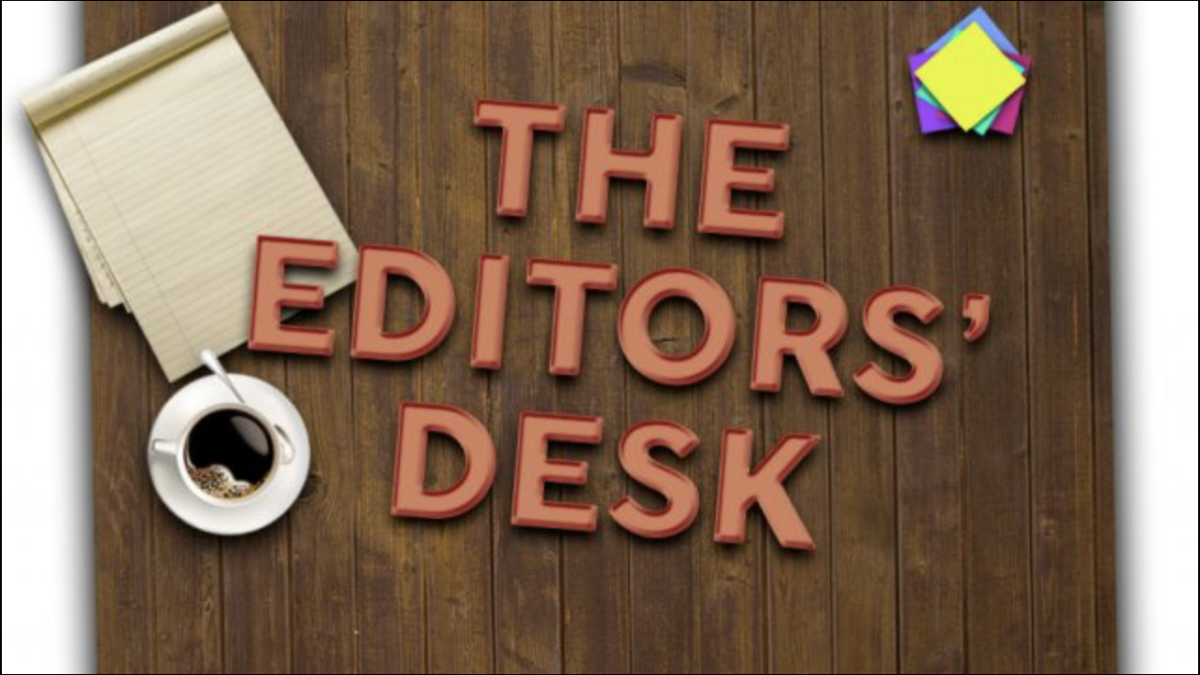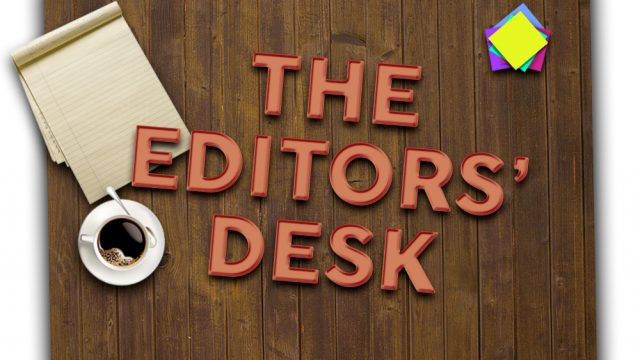The dominant fashion trends of the past decades can serve as a reflection of the ideas and values of generations inhabiting those eras, and by tracing the changes in fashion, we can see how we’ve evolved as a society. Even with the return of particular fashion trends years later, we can trace what was going on with society to revive the trend. Fashion, whether consciously or unconsciously, shows what we’re thinking about as a society, whether that’s social movements or brands with really effective advertising campaigns.
In the ‘60s, the futuristic style reflected the idealization of the space race, and the beginnings of the sexual liberation movement meant the introduction of the miniskirt. The ‘70s saw a rise in expression of individuality and androgyny, and women began freely wearing pants for the first time. The ‘80s was all about power suits for men and women, and women starting to have more of a presence in the workplace and in positions of power.
Fashion in the ‘90s, in a lot of ways, showed a rebellion against the consumerism and business-mindedness of the ‘80s, with the punk and grunge movements bringing us flannels, beat-up jeans and Doc Martens. The popular fashion for women in the 2000s was more revealing than ever, with ultra low-rise jeans, crop tops and halter tops.
In the 2010s and going into the 2020s, we see the most strongly how the internet and social media have influenced the popularity of particular styles. There have always been subcultures in fashion, but the internet has allowed like-minded people to connect like never before, which has led to greater segmentation in popular styles.
The internet has also made it easier to get a sense of older decades’ styles. There have always been revivals in certain fashion trends, usually depending on which decade the main consumer generation has a childhood nostalgia for, but never before has such a robust tool existed for finding styles of the past. Vintage trends come into fad as people stumble upon looks that they like and share them with others across the world.
Tumblr in the 2010s brought us twee, emo and grunge looks that pulled upon the styles of decades prior. Y2K styles have come back in a big way in recent years, encouraged by TikTok and Instagram, even if some of us are terrified by low-rise jeans.
Also in the 2020s, we’ve seen the rise of a ton of niche aesthetics and “-cores” — dark academia, cottagecore, goblincore, Barbiecore, clowncore. With this has come a lot of “microtrends,” styles that come and go in maybe a week, bought off of fast fashion websites one day and tossed into the donation bin the next. Anyone remember those mesh angel graphic tops?
All of the seemingly random grasping at vintage styles and hyper fragmentation of popular aesthetics can make it feel like the style of today doesn’t quite reflect grand social happenings and changes like it did in previous decades, but maybe our style trends of today can tell us more than we think.
Thus far, the most defining moment of the decade has been a terrifying global pandemic, something that left us separated from everyone and using social media as our main source of connection. Some of us want to feel a part of something, jumping onto whatever trend has taken the internet by storm, and some of us discovered a lot about ourselves in isolation and want to show off a new sense of individuality. There’s still a lot of decade to go, so we’ve yet to see what exactly the 2020s has in store for style.
The dominant fashion trends of the past decades can serve as a reflection of the ideas and values of generations inhabiting those eras, and by tracing the changes in fashion, we can see how we’ve evolved as a society. Even with the return of particular fashion trends years later, we can trace what was going on with society to revive the trend. Fashion, whether consciously or unconsciously, shows what we’re thinking about as a society, whether that’s social movements or brands with really effective advertising campaigns.
In the 60s, the futuristic style reflected the idealization of the space race, and the beginnings of the sexual liberation movement meant the introduction of the miniskirt. The 70s saw a rise in expression of individuality and androgyny, and women began freely wearing pants for the first time. The 80s was all about power suits for men and women, and women starting to have more of a presence in the workplace and in positions of power.
Fashion in the 90s, in a lot of ways, showed a rebellion against the consumerism and business-mindedness of the 80s, with the punk and grunge movements bringing us flannels, beat-up jeans and Doc Martens. The popular fashion for women in the 2000s was more revealing than ever, with ultra low-rise jeans, crop tops and halter tops.
In the 2010s and going into the 2020s, we see the most strongly how the internet and social media have influenced the popularity of particular styles. There have always been subcultures in fashion, but the internet has allowed like-minded people to connect like never before, which has led to greater segmentation in popular styles.
The internet has also made it easier to get a sense of older decades’ styles. There have always been revivals in certain fashion trends, usually depending on which decade the main consumer generation has a childhood nostalgia for, but never before has such a robust tool existed for finding styles of the past. Vintage trends come into fad as people stumble upon looks that they like and share them with others across the world.
Tumblr in the 2010s brought us twee, emo and grunge looks that pulled upon the styles of decades prior. Y2K styles have come back in a big way in recent years, encouraged by TikTok and Instagram, even if some of us are terrified by low-rise jeans.
Also in the 2020s, we’ve seen the rise of a ton of niche aesthetics and “-cores” — dark academia, cottagecore, goblincore, Barbiecore, clowncore. With this has come a lot of “microtrends,” styles that come and go in maybe a week, bought off of fast fashion websites one day and tossed into the donation bin the next. Anyone remember those mesh angel graphic tops?
All of the seemingly random grasping at vintage styles and hyper fragmentation of popular aesthetics can make it feel like the style of today doesn’t quite reflect grand social happenings and changes like it did in previous decades, but maybe our style trends of today can tell us more than we think.
Thus far, the most defining moment of the decade has been a terrifying global pandemic, something that left us separated from everyone and using social media as our main source of connection. Some of us want to feel like a part of something, jumping onto whatever trend has taken the internet by storm, and some of us discovered a lot about ourselves in isolation and want to show off a new sense of individuality. There’s a lot of decade still to go, so we’ve yet to see what exactly the 2020s has in store for style.



